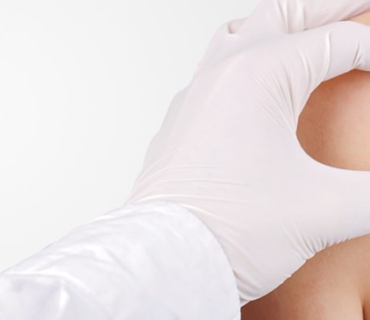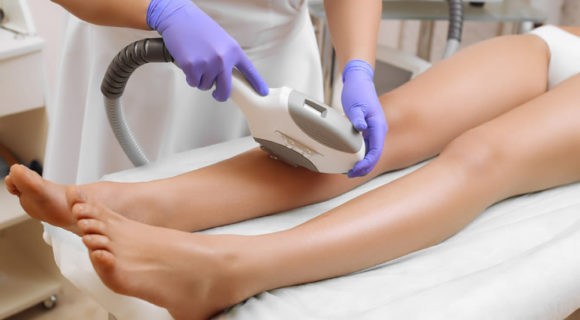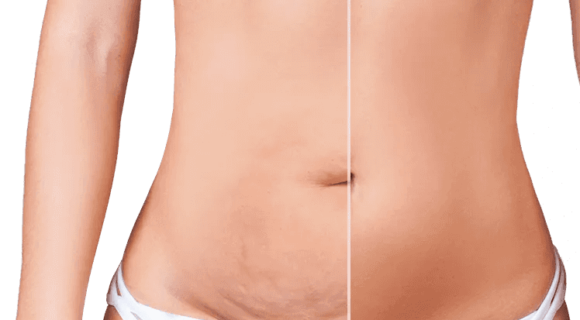What Are Moles?
A mole when it comes to skin is referred to as an area of growth on the skin. Some moles are in the form of a bump while others are just on the surface of the skin. Moles are either present at birth or develop throughout a lifetime. The majority of moles on human beings develop during the adulthood phase and in terms of color, they are primarily brown although they can come in colors such as red, pink, and fleshed-colored as well. Most moles are harmless; however, at rare times they could be cancerous. It is recommended to send all removed moles for biopsy for a thorough examination to take place.
What Causes Moles?
Genetics is definitely one of the main factors behind the development of moles. Throughout years of studying this subject, it has been noted that in some families the development of moles has been way more common. What is public knowledge is that genetics does play a role in this subject; however, the details behind this theory are unknown as most biologists cannot fully explain what characteristics on a genetic blueprint lead to the extensive development of moles. Being exposed to sunlight more often is another factor associated with the development of moles. When our skin is exposed to sunlight, the cells produce melanin which then would give moles the color that they have. The change in hormone levels is another crucial factor behind the growth of moles as among adolescents and pregnant women moles have been frequently reported.
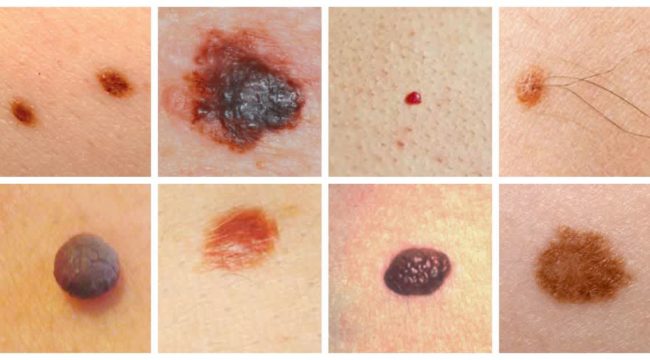
Types of Moles
There are many types of moles, and their different characteristics are categorized by what they look like when they appear on the skin and the chance of them turning into a cancerous mole. The three main types of moles that we are going to learn about here are congenital moles, common moles, and atypical moles.
Congenital moles are moles that appear on the skins of infants. The recipients of this type of mole are mostly born with it. Close to 2% of all infants are reportedly born with a congenital mole. It is important to mention that these moles are not dangerous; however, large congenital moles can become harmful with the progression of time. Family doctors are encouraged to examine such moles in every visit, making this mark not much of a threat. Some of these moles can be treated when your child gets older. Treatment is often encouraged solely due to cosmetic reasons and older age, for instance, the age 10 as a starting point is recommended for such a procedure. The reason why parents should leave this procedure until their kid gets older is because of the usage of lidocaine by doctors as a form of anesthesia. Kids may not cope well with anesthesia at a young age.
Common moles are moles that appear on your skin following birth. They can appear anywhere on your skin. They are mostly really small and tend to maintain their form. Reports of common moles changing form are really rare. It is normal for people to have between 1 to 40 of these moles on their skins. If the number exceeds 40, the person should visit a physician for further examination because in most cases having such a common mole count means a higher chance of getting cancer.
Atypical moles arguably bring the most risks as they have similar components as melanoma which is a type of skin cancer. The chances of atypical moles turning into cancerous cells are still fairly low as it is estimated that 1 in 10,000 atypical moles turn into cancer. They are irregular in shape and at times change form. It has been noted that people who develop such moles receive extensive sunlight. This means the majority of people with atypical moles tend to live in warm habitats. If you have 4 or more of these atypical moles, you need to visit a doctor because the chances of getting skin cancer are higher with those numbers. Genetics also play a role here as having people in your family with a melanoma history would increase your chances of getting the same disease from your atypical moles.
How Do I Know If a Mole Is Cancer?
There are several ways to find out whether your mole is cancerous. One way is to see whether all the parts of your mole match each other. If one part does not match the other, the risk of cancer is higher. Another focus point should be the edges of your mole. If the edges are irregular, then there may be a case of concern there. Examining the color of your mole is another method used in detecting cancerous moles. If there are multiple colors on a single mole, that could be concerning. In most cases a cancerous mole has one fixed color alongside with shades of another colour similar to the image below.
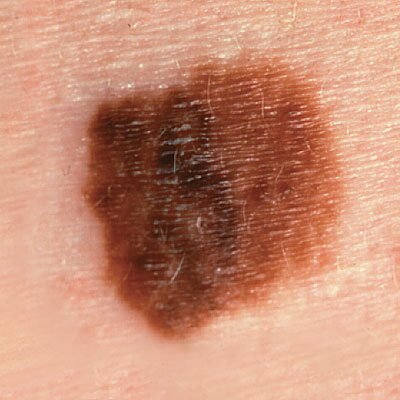
How Are Moles Treated
If you are uncomfortable with your mole then there are ways to get rid of them. In order to do that safely, it is encouraged to book an appointment with a dermatologist. It will most likely just take one session for your mole to get removed. In terms of the methods used for removal, some dermatologists use surgical excision which means cutting out the entire mole following with stitches to close the skin. Another method used is surgical shave which is done by shaving off the mole using a surgical blade. Your mole will get sent to a lap for biopsy to check for possible cancer cells. If you are not comfortable with such procedures, there are ways to make your mole invisible via applying specific makeup products.
For more information about moles as well as skin tag and mole removal services regarding the subject, please visit NewM Clinic.
Frequently Asked Questions (FAQ)
Do I need to remove my mole?
You do not have to remove your mole necessarily. You can opt for it only if it truly bothers you. Removing moles are encouraged when they are cancerous.
Why do moles come out of nowhere?
It could be due to the interaction of genetic factors that we still do not fully understand in detail. They also appear due to sun damage.
